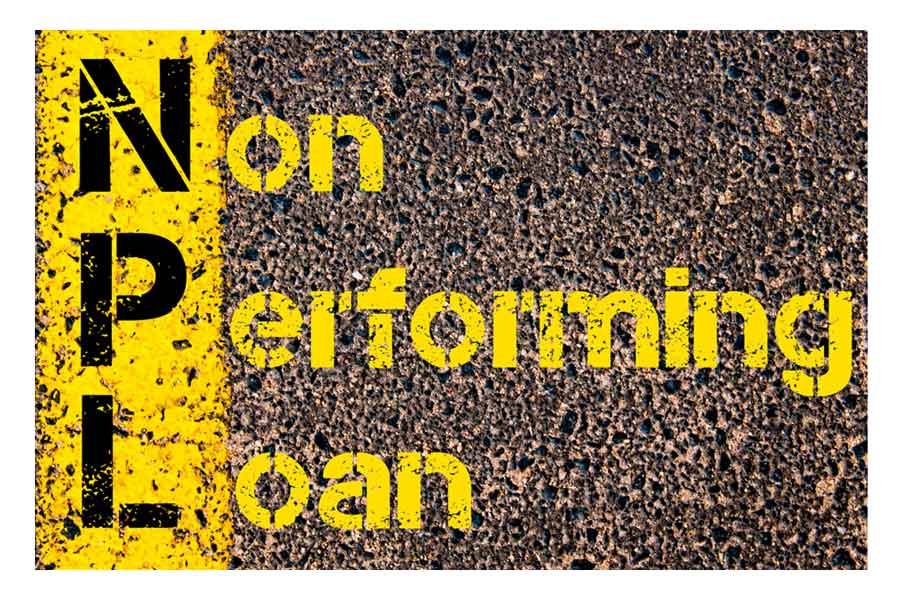The amount of non-performing loans (NPLs) was at an all-time high in August 2017. "There is a tendency in our entire banking sector not to disburse loans as per schedule, and as such the clients are being forced to become defaulters", observed none other than Finance Minister AMA Muhith himself while pointing to the whopping amount. He added: "After receiving the first instalment of a certain amount of loan, the clients face extreme difficulties in getting the next instalment." They (the banks) think that if the clients could be made defaulters, they can be brought under the grip of the banks, he wondered.
The Minister made the remarks at a workshop where it was pointed out that the average rate of classified loans in state-owned commercial banks (SoCBs) was 27 per cent although it was only 10 per cent in the overall banking sector. "Just because a loan has been written off does not mean that the case is finished. You still have to collect the money and have to pursue business accordingly," the minister told the workshop.
It was observed that many business entities depend on SoCB loans as their working capital. But due to evil practices of the financial institutions, a lot of businesses could not sustain and in fact turned into delinquent defaulters. The banking sector is also suffering from creating capital inadequacy in a persistent manner.
The Finance Minister pleaded for merger of banks which will eventually happen within the banking sector. However, as the current legal framework in this regard is not adequate, necessary changes may be brought in it next year to facilitate merger. Mergers of big state-owned banks would be a huge task and could create some problems also.
Most of the financial crises throughout the world are created or accompanied or followed by a crisis in the banking sector, the workshop was told. Bangladesh cannot let such things to happen in its banking industry, Bangladesh Bank Governor, chief of banking regulator, cautioned.
The total amount of classified loans in the banking sector was Tk 741.49 billion in June, 2017. Of this, Tk 401 billion lies with government enterprises - Tk 345.81 billion to SoCBs and Tk 55.19 billion to two specialised banks.
It is pertinent to note that while half of the country's bank branches and bank accounts come from the SoCBs, only a quarter of the total amount of bank loans and deposits is in its domain. The state-owned banks have the widest branch networks across the country. These banks still take the leading role in disbursing agricultural loans. Around 90 per cent of the Small and Medium Enterprise (SME) loans are disbursed by the private commercial banks (PCBs) as compared to the meagre presence of the SoCBs in this arena. This means the SoCBs are implementing the government plans rather than doing business on profit motive alone. Hence, the stakeholders of SoCBs, think-tanks and common people should see to it that the SoCBs could function with banking and professional acumen. Their commitment to the nation has to be reaffirmed and reiterated.
Default loans have always been around with some of the loans being classified way back as early as in 1970s. Banks were taken over during the post-liberation years. The government had little to think over NPL as it was not a big problem at that time. The country had a state-run economy. The nationalised sector was the lead borrower which was well cushioned by government collaterals.
As of June 2016, default loans amounted to Tk 633.65 billion which is 10.06 per cent of the total outstanding loans, according to the latest data from Bangladesh Bank. If the written-off and rescheduled loans are taken into account, the sum would easily cross the Tk 1,000 billion mark.
NPL is not a headache of Bangladesh alone. It's a global concern calling for the international best practices to manage it. In order to contain it, new rules were introduced in 1989. Bangladesh government carried out a reform project under the supervision of the World Bank between 1991 and 1995.
Way back in 1993, default loans at SoCBs stood at 32 per cent. It soared to 47 per cent in 1999. And in some troubled private commercial banks (PCBs), classified loans were even as high as 50 per cent. In terms of NPLs, SoCBs remained the same in 1999 while total default loans at PCBs came down to as low as 29 per cent from 35 per cent.
In 2003, the Bangladesh Bank (BB) issued regulations about loan write-offs. This allowed banks to shrink their default loans overnight. But it cannot be misconstrued as achievement of the bankers in managing NPL default. Eventually default loans stood at 13.23 per cent of total loans in December 2007. In 2009, the amount of loans written-off amounted to Tk 156.67 billion which showed ups and downs till 2011.
As of December, 2015, the written-off sum was Tk 403.61 billion. In 2015, the BB, under pressure from large businesses, gave restructuring facility to loans to the extent of Tk 5.0 billion and upwards. Under the facility, Tk 164.01 billion has been rescheduled. The problem was created because the loans were given through anomalous and corrupt practices. Delinquent bankers and loanees were not accused by the regulator itself. What then remained for the regulator to take accountability from NPL loanees and bankers? The factors that caused the default loans have not been removed nor have the necessary actions been taken.
The economy has surpassed all past records in terms of bad loans. Much has been said about it but nothing concrete has so far be done. The government should come up with effective measures to save the banking sector from NPLs. [The article has been abridged.]
The writer, FCA, is Past President of ICAB & Founder Partner, Masih Muhith Haque & Co. Chartered Accountants.


